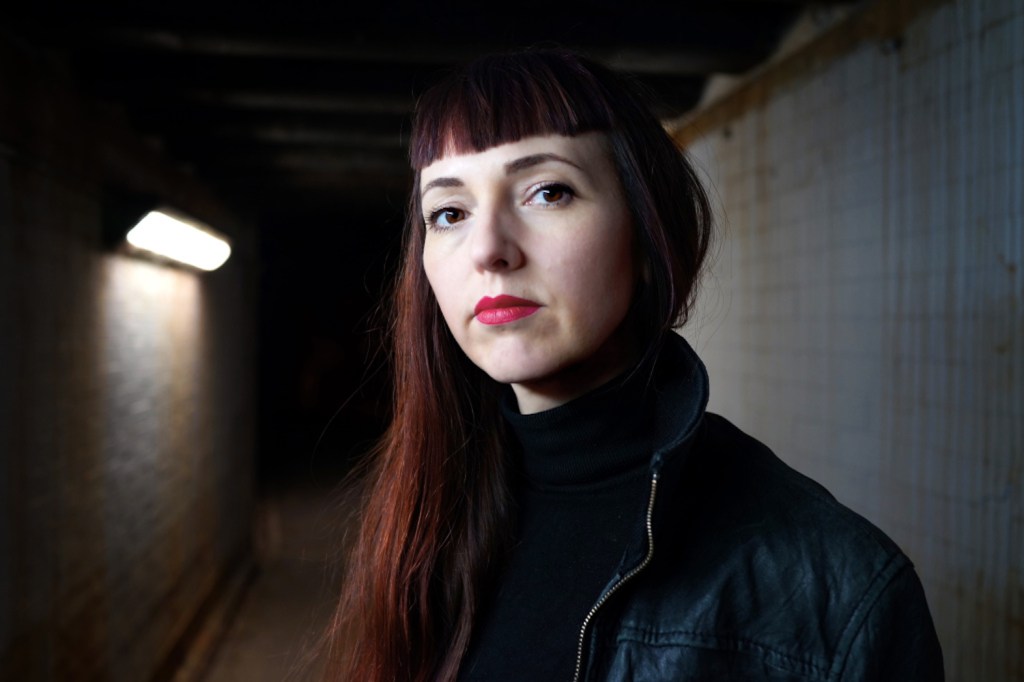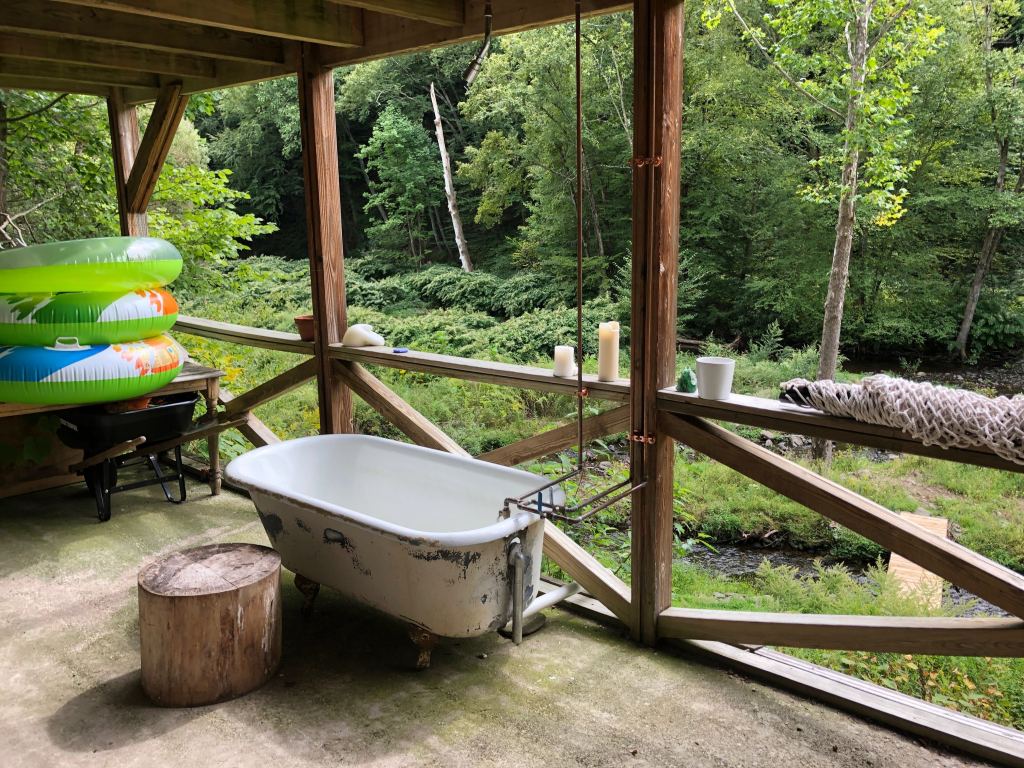On his 76th birthday, Japan’s animation emperor, Hayao Miyazaki, seems determined to live up to his 2014 prediction that he’ll work until he’s dead. After flip-flopping in and out of retirement since completing 1997’s Princess Mononoke, which is getting a brief stint in theaters this week, the Studio Ghibli co-founder continues to push himself to the limit by juggling multiple projects.
After releasing 2013’s stunning The Wind Rises, Miyazaki claimed to retire from feature filmmaking for the fifth time in his 53-year-long career. For years he’s spent his spare time on a manga set in the samurai age, a project interrupted yet again when he began production on his first fully CGI animated short, Boro the Caterpillar. In late 2016, he decided to additionally make a feature-length, hand-animated version of the story, which follows “a tiny, hairy caterpillar, so tiny that it may be easily squished between your fingers.” In the TV special in which the project was announced, Miyazaki projects that it will be completed by 2020, ruminating, “Maybe I’ll be alive?”
Videos by VICE
Miyazaki will always live on through timeless works such as the Oscar-winning Spirited Away, his fantastical adaptation of Diana Wynne Jones’ novel Howl’s Moving Castle, his career-making films The Castle of Cagliostro and Porco Rosso, as well as his iconic ode to childhood faith and foibles, My Neighbor Totoro. Below, we’ve culled interviews, books, and documentaries to preserve his most pressing comments on modern animation, storytelling technique, and art.
“I am an animator. I feel like I’m the manager of a animation cinema factory. I am not an executive. I’m rather like a foreman, like the boss of a team of craftsmen. That is the spirit of how I work.”
—Ciné Live interview with Moebius
“Logic is using the front part of the brain, that’s all. But you can’t make a film with logic. Or if you look at it differently, everybody can make a film with logic. But my way is to not use logic.”
—Midnight Eye
“My process is thinking, thinking and thinking—thinking about my stories for a long time.”
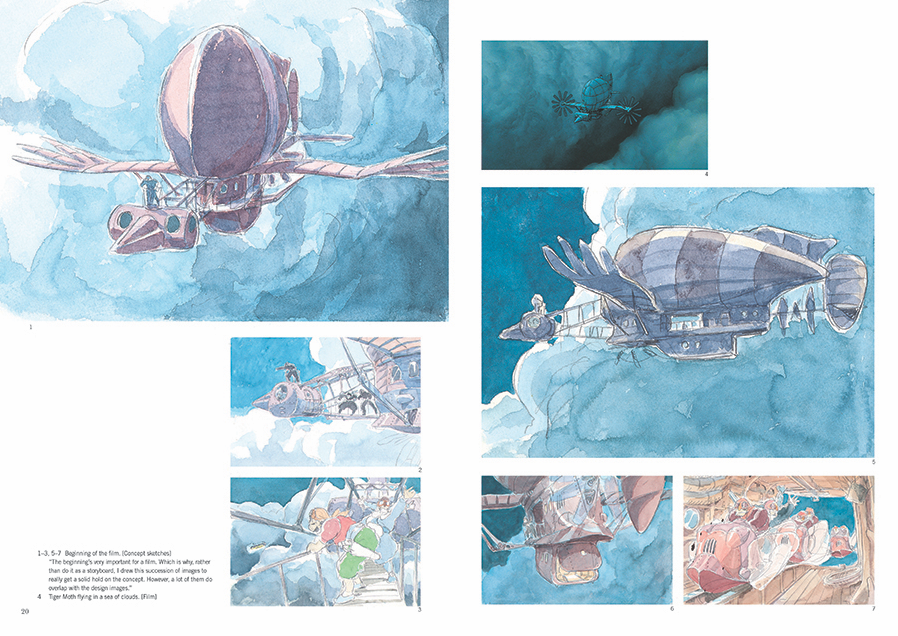
Tenku no Shiro Laputa (Castle in the Sky) Copyright © 1986 Studio Ghibli
“The concept of portraying evil and then destroying it—I know this is considered mainstream, but I think it is rotten. This idea that whenever something evil happens someone particular can be blamed and punished for it, in life and in politics is hopeless.”
“I try to dig deep into the well of my subconscious. At a certain moment in that process, the lid is opened and very different ideas and visions are liberated. With those I can start making a film. But maybe it’s better that you don’t open that lid completely, because if you release your subconscious it becomes really hard to live a social or family life.”
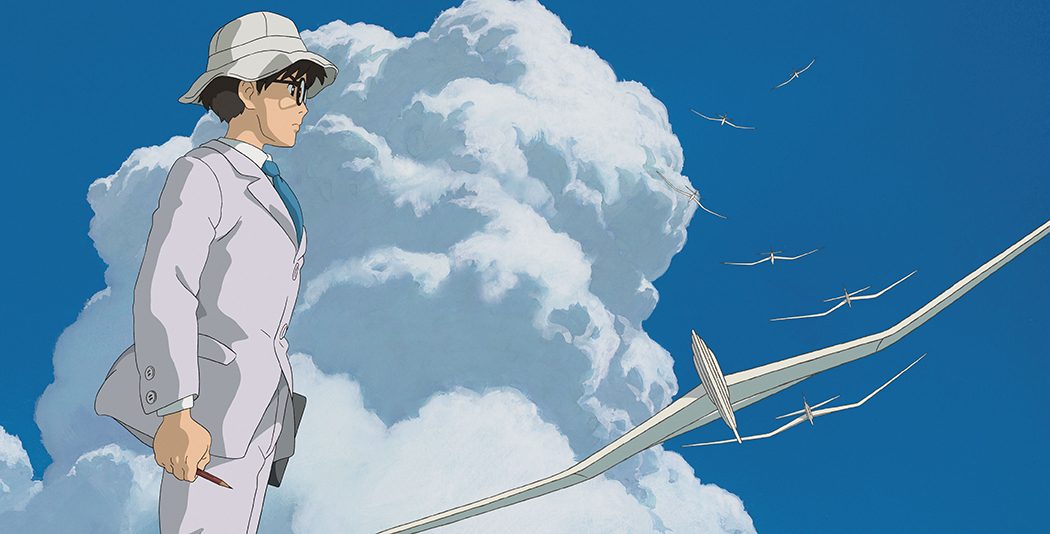
Kaze Tachinu (The Wind Rises) Copyright © 2013 Studio Ghibli – NDHDMTK
“If [hand-drawn animation] is a dying craft, we can’t do anything about it. Civilization moves on. Where are all the fresco painters now? Where are the landscape artists? What are they doing now? The world is changing. I have been very fortunate to be able to do the same job for 40 years. That’s rare in any era.”
“If someone were to ask me what the most important thing is when creating a new animated work, my answer would be that you first have to know what you want to say with it. In other words, you have to have a theme. Surprisingly, perhaps, people sometimes overlook this basic fact of filmmaking and overemphasize technique instead. There are innumerable examples of people making films with a very high level of technique, but only a very fuzzy idea of what they really want to say. And after watching their films, viewers are usually completely befuddled. Yet when people who know what they want to say make films with a low level of technique, we still greatly appreciate the films because there is really something to them.”

Tenku no Shiro Laputa (Castle in the Sky) Copyright © 1986 Studio Ghibli
“The characters are born from repetition, from repeatedly thinking about them. I have their outline in my head. I become the character and as the character I visit the locations of the story many, many times. Only after that I start drawing the character, but again I do it many, many times, over and over. And I only finish just before the deadline.”
“I don’t have the story finished and ready when we start work on a film. I usually don’t have the time. So the story develops when I start drawing storyboards. The production starts very soon thereafter, while the storyboards are still developing. We never know where the story will go but we just keeping working on the film as it develops. It’s a dangerous way to make an animation film and I would like it to be different, but unfortunately, that’s the way I work and everyone else is kind of forced to subject themselves to it.”
On animating running:
“The running of surging masses on fire with anger, the running of a child doing his best to hold back tears until he reaches his house, the running of a heroine who has forsaken everything but the desire to flee—being able to show wonderful ways of running, running that expresses the very act of living, the pulse of life, across the screen would give me enormous delight. I dream of someday coming across a work that requires that kind of running.”
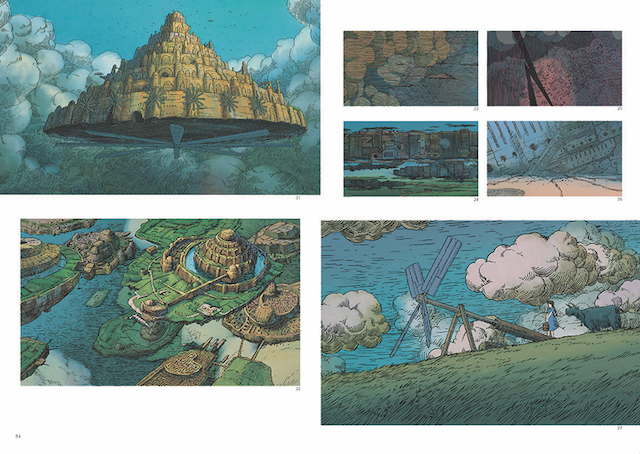
Tenku no Shiro Laputa (Castle in the Sky) Copyright © 1986 Studio Ghibli
On the appeal of animated films:
“I like the expression ‘lost possibilities.’ To be born means being compelled to choose an era, a place, and a life. To exist here, now, means to lose the possibility of being countless other potential selves. For example, I might have been the captain of a pirate ship, sailing with a lovely princess by my side. It means giving up this universe, giving up other potential selves. There are selves which are lost possibilities, and selves that could have been, and this is not limited just to us but to the people around us and even to Japan itself.
Yet once born,there is no turning back. And I think that’s exactly why the fantasy worlds of cartoon movies so strongly represent our hopes and yearnings. They illustrate a world of lost possibilities for us.”
“Young people are surrounded by virtual things. Animators can only draw from their own experiences of pain and shock and emotions.”
“When I have the time, I like to go up to a cabin I have in the mountains. Sometimes friends will come by to visit me, but I also like to spend time alone. It reinvigorates me, hiking those mountain trails. After working on a film, it usually takes half a year for me to recover my mental and physical balance. I have to set aside time to recuperate. I guess when you add it all up, I’m not really working that many hours.”
AI animation is, “is an insult to life itself.”
—NHK Special: Hayao Miyazaki — The One Who Never Ends
“There has never been a work of art created which didn’t somehow reflect its own time.”
“The 21st century is a complex and unforeseeable epoch. Our thinking habits and our values, which until now looked settled, are being challenged. Even if this film is intended for the young public, and must be entertaining, I couldn’t be satisfied with reproducing films that had already been made, where you only had to fight off the bad guys. When I am doing a film I always wonder whether what I’m doing is interesting. I cut off all that is dull. By way of, it becomes a film that even my team cannot understand. It’s embarrassing.”
—Ciné Live interview with Moebius
“Entertaining a group of people is no better or worse than entertaining just one person and making that individual happy.”18 Genius Hayao Miyazaki Quotes to Celebrate His 76th Birthday
“From that rooftop, what if you leapt onto the next roof, dashed over to that blue and green wall, jumped and climbed up the pipe, ran across the roof, and jumped to the next? You can, in animation. When you look from above, so many things reveal themselves to you. Maybe race along the concrete wall. Isn’t it fun to see things that way?”
—The Kingdom of Dreams and Madness
Clip from Kingdom of Dreams and MadnessRelated:
Princess Mononoke Is Returning to US Theaters for Two Days Only
Miyazaki Is Coming Out of Retirement (Again) for What Could Be His Final Movie

